by Karin-Marijke Vis
Once an all-dirt track cutting into the jungle, the Trans-Amazonian Highway is being paved, transforming life in its path.
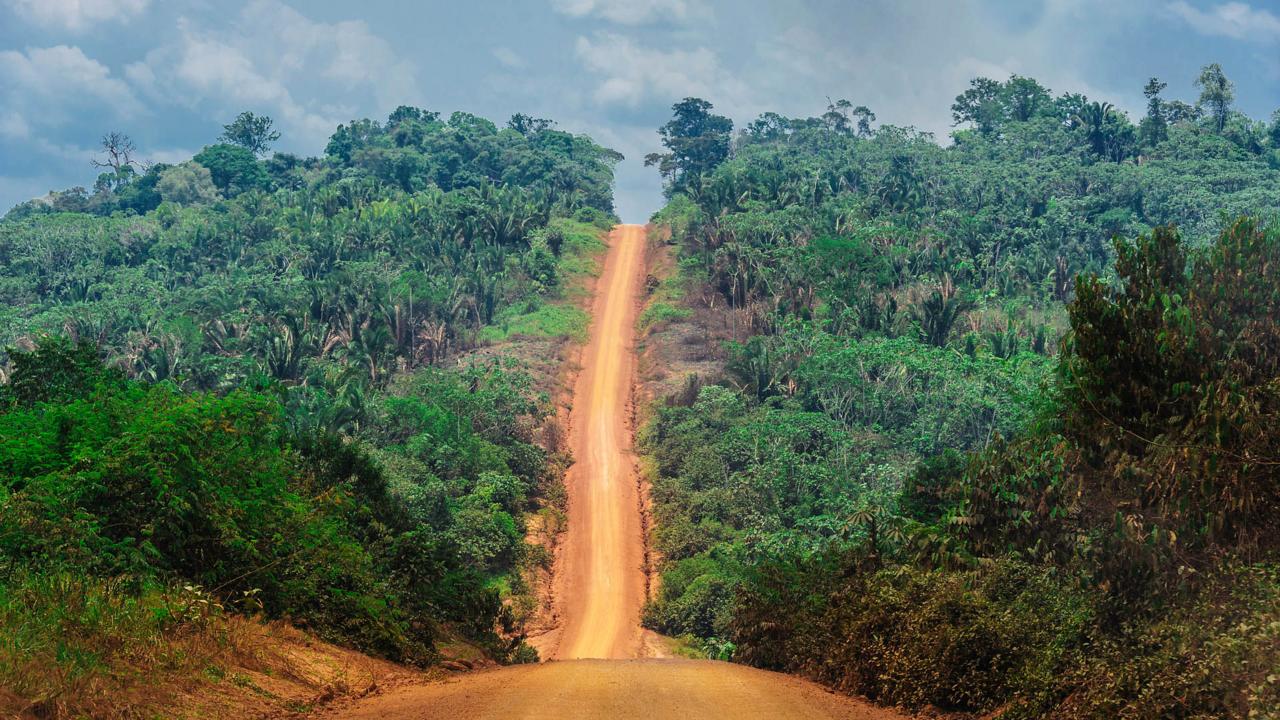
Into the Amazon
Coursing 2,000km through the heart of the Amazon rainforest, the Trans-Amazonian Highway was one of the region’s first roads, constructed in the 1970s as a crude track hacked through dense foliage – “highway” was a generous description. It was built to connect the Amazon to Brazil's growing farming and cattle breeding economy, and over the years, virgin forests have given way to cattle ranches, logging stations and gold mines. (Coen Wubbels)
Modernisation and the future
Today, to keep up with Brazil’s booming economy, the eastern part of the pioneering route is in the process of being paved; a change that will make transporting goods easier and less expensive (almost all of Brazil’s goods are moved by trucks since the country has no railway system). But more settlers will bring more industry, leading to greater pollution and deforestation. Traditional cattle drives will give way to trucks hauling cows. And the construction of the controversial Belo Monte dam, the third-largest hydroelectric dam on Earth, could displace thousands of indigenous people. Life along the Trans-Amazonian as we know it is about to change. (Coen Wubbels)
A route into the rainforest
From end to end, the highway actually stretches nearly 4,000km, starting in the coastal city of João Pessoa and ending in the village of Lábrea in Amazonas state. But most people know the Altamira-to-Lábrea Amazon Rainforest stretch best. (Coen Wubbels)
Driving the Trans-Amazonian
Like many projects in the region, paving the route is a work-in-progress. So many sections are still dirt – or, more accurately, mud in the rainy season and dust in the dry. My partner Coen Wubbels and I traversed the highway in September, motoring through dust as fine as powdered sugar and crossing wooden bridges that have a tendency to wash away with too much rain. (Coen Wubbels)
Life by the water
While basic accommodations can be found in some towns along the way, we preferred to camp along some of the many rivers in the area, taking refreshing dips to stay cool in the Amazon heat. Staying near dark water was best. The darker the water, the higher it is in acidity, which helps to ward off mosquitos and other insects. (Coen Wubbels)
Highway cattle drives
Currently, livestock is moved through the region the old fashioned way: on cattle drives that can take months to finish, with cowboys averaging some 10km a day. (Coen Wubbels)
Overnight at a cowboy camp
Cowboys often have arrangements with ranches along the road, where they hang their hammocks in an open shed and build a fire to cook. They bring live chickens or, during the drive, hunt animals such as armadillos or wild boar. On the night we spent at a cowboy camp, the men were searching for four wayward cows. They wouldn't leave until they found them; the cattle’s value was too high. (Coen Wubbels)
The cost of cattle
Cattle ranching is big business in Brazil – in fact, the country is the world’s largest exporter of beef. But the industry poses one of the greatest threats to the Amazon environment. Cattle need fields to graze, and during the dry season, many fields in the area are burned to stimulate grass growth. One day, we drove 250kms surrounded by black soil, small flames and smoke curling into the sky, stinging our eyes.
When slashing and burning no longer works – the fertile layer of Amazonian soil is thin, and its nutrients get depleted quickly – ranchers abandon the terrain. We saw grassy hills for miles on end without a single cow grazing. (Coen Wubbels)
When slashing and burning no longer works – the fertile layer of Amazonian soil is thin, and its nutrients get depleted quickly – ranchers abandon the terrain. We saw grassy hills for miles on end without a single cow grazing. (Coen Wubbels)
Life among the logs
Logging is another of the region’s big businesses – but of the trucks that passed us, many lacked license plates and carried logs that weren’t numbered, which can indicate illegal logging. The paving could bring more illegal logging, or it could lead to more effective environmental protection. Only time will tell. (Coen Wubbels)
Necessity and invention
Living far from cities and spare parts, people along the Trans-Amazonian find creative ways to maintain their rides – or even fashion new ones. We saw more than a few self-built cars, many of which were constructed of wood.
Ingenuity is essential in a land where power outages are common. One local told us he’d just removed the engine from his car a week earlier so he could use it as a generator. (Coen Wubbels)
Ingenuity is essential in a land where power outages are common. One local told us he’d just removed the engine from his car a week earlier so he could use it as a generator. (Coen Wubbels)
The highway and the future
The Trans-Amazonian cuts through the indigenous reserve of the Tenharim people. Like many native people in the region, the Tenharim live between two worlds – increasingly so. This photo shows a thatched-roof house with a satellite dish and TV.
How long will it take to pave the entire Trans-Amazonian Highway? It’s hard to say. But one thing is certain: crews are busy at work and life along its path is changing – slowly but surely. (Coen Wubbels)
How long will it take to pave the entire Trans-Amazonian Highway? It’s hard to say. But one thing is certain: crews are busy at work and life along its path is changing – slowly but surely. (Coen Wubbels)
via BBC - Travel
(4 November 2014)
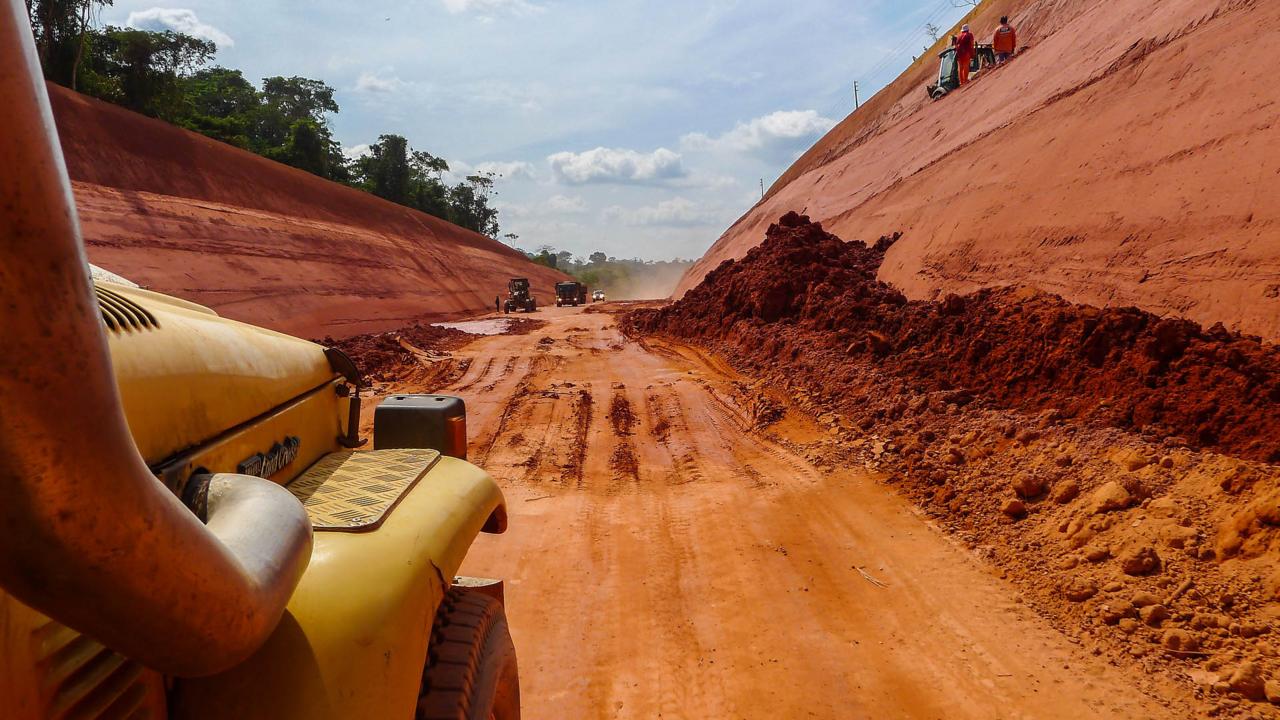
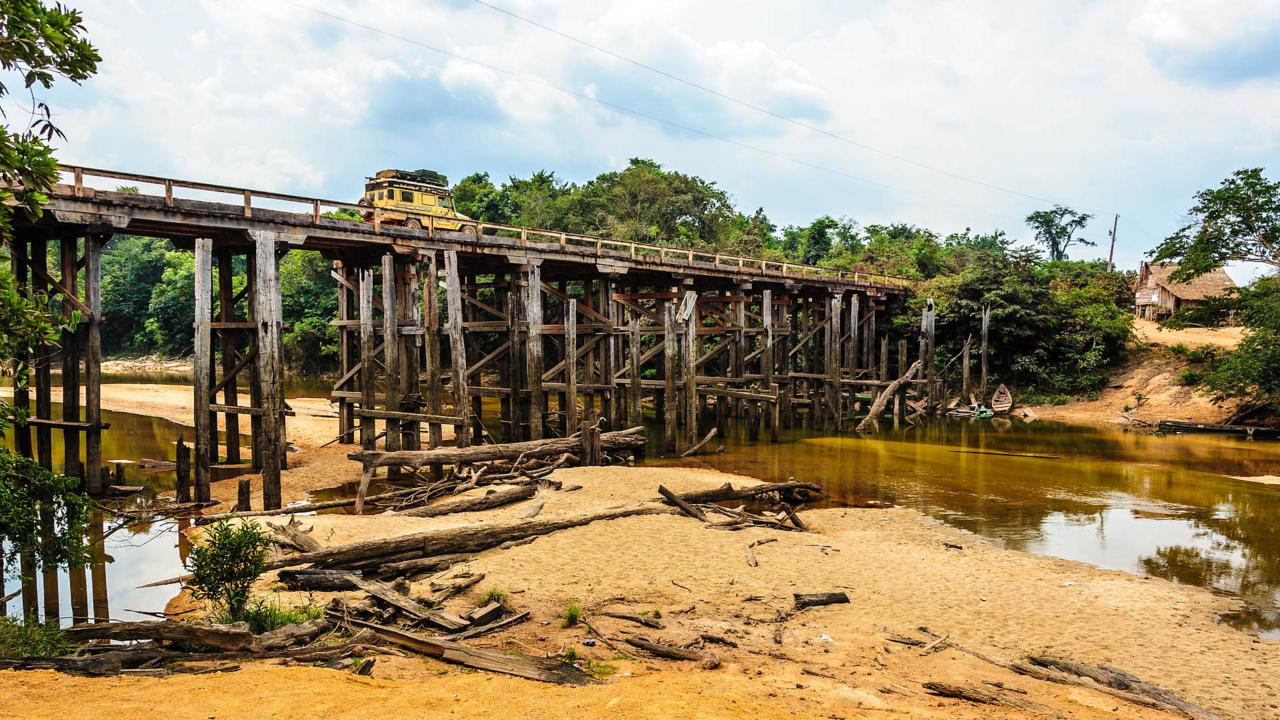
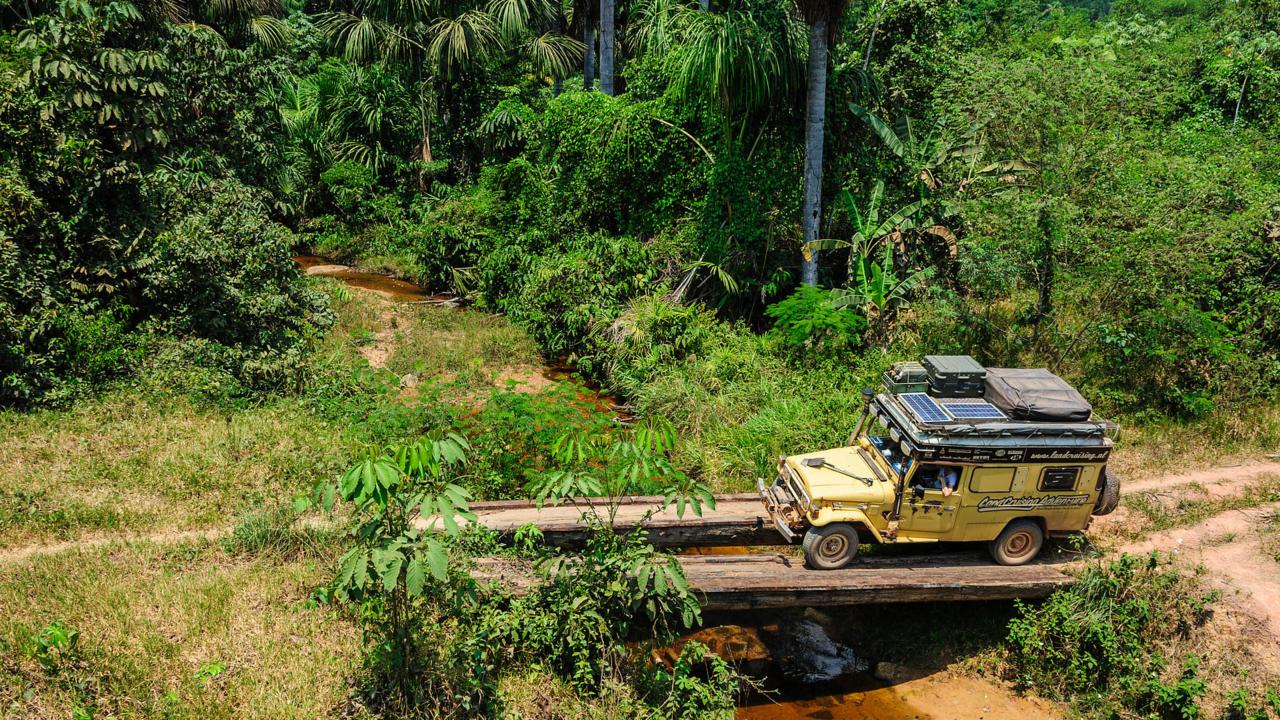
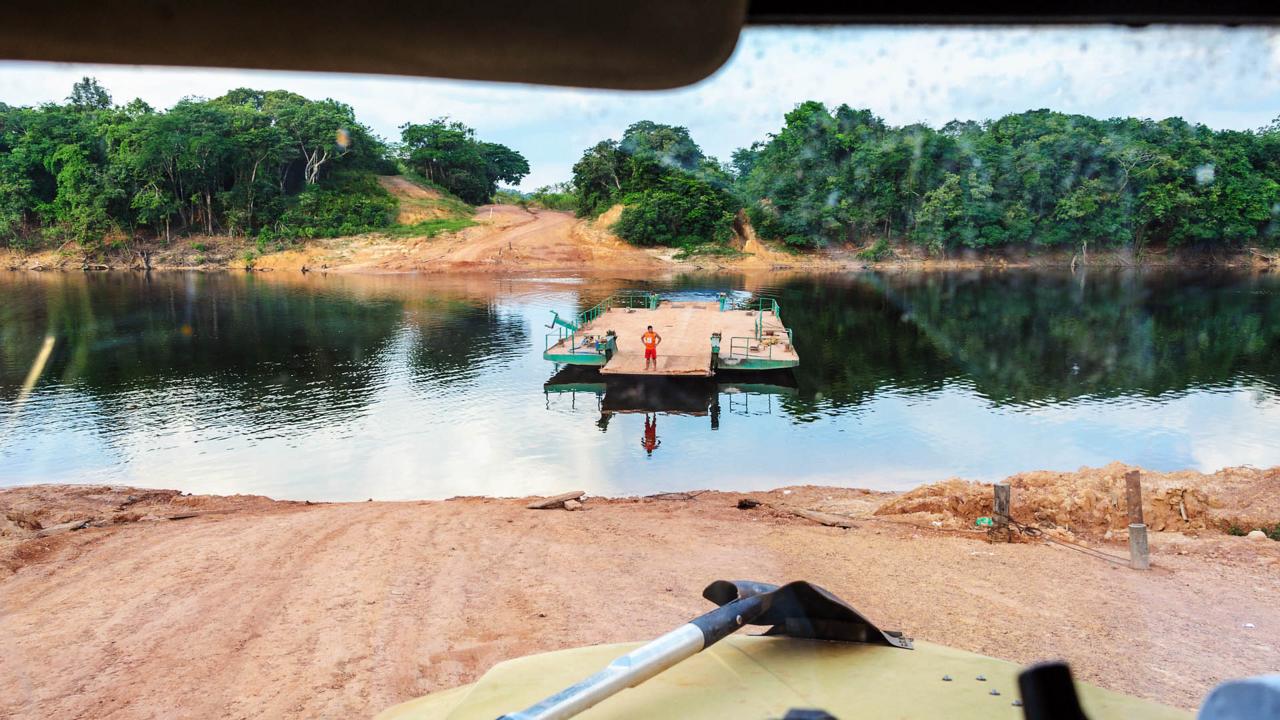
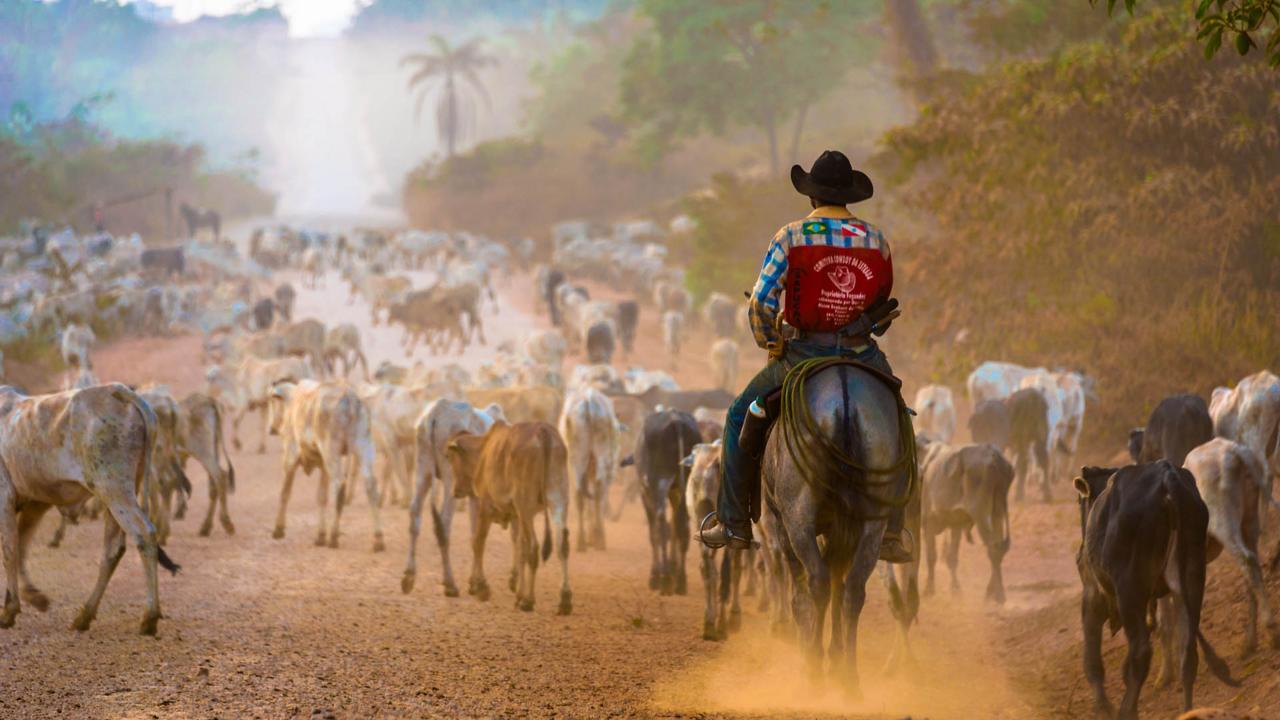
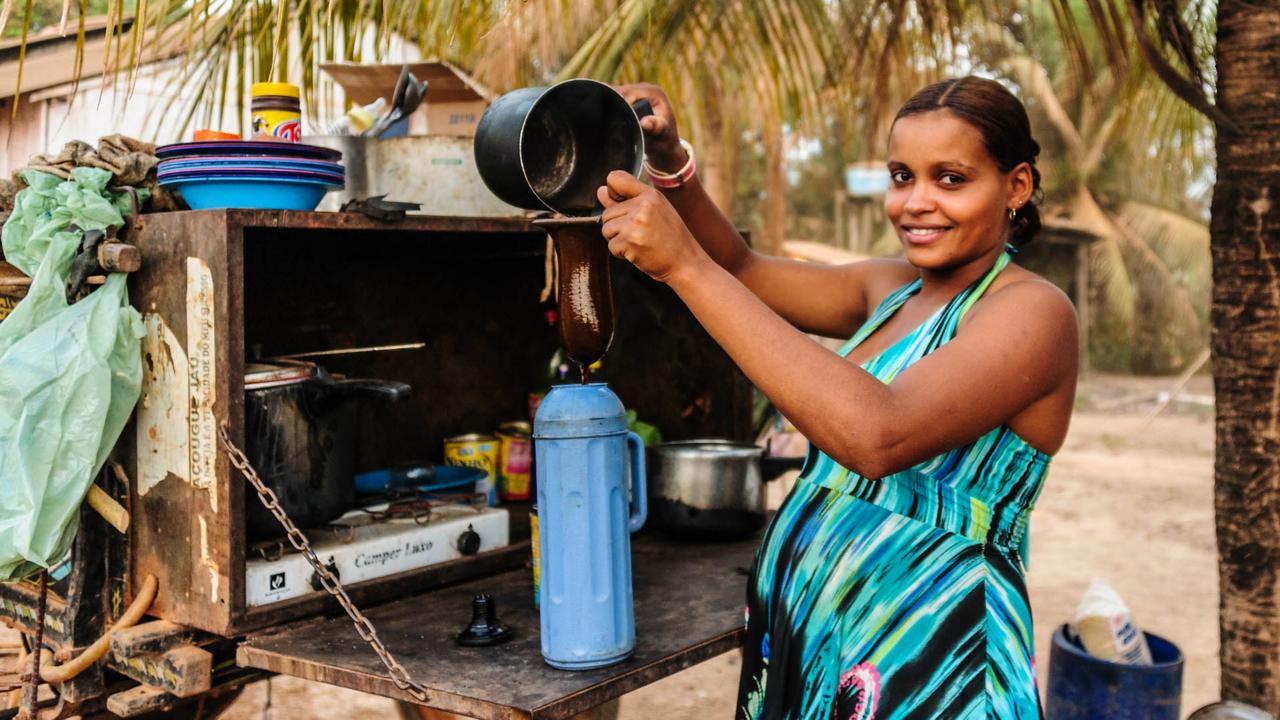

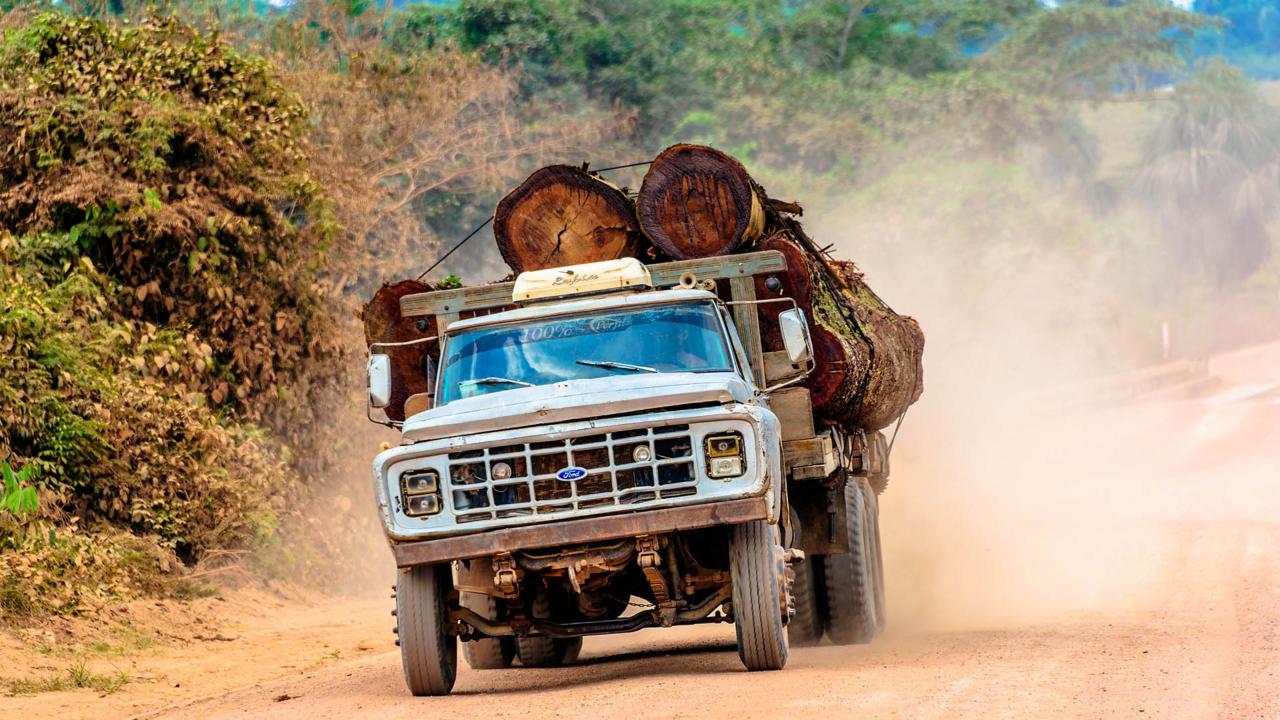
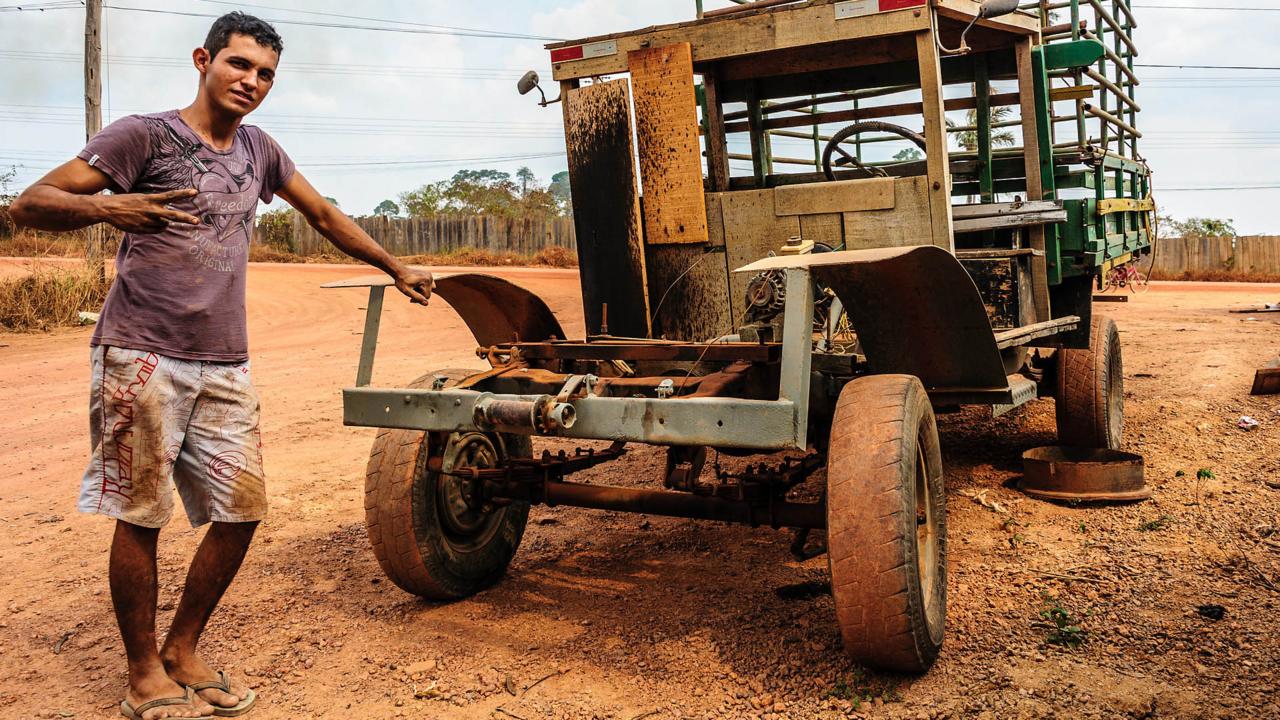
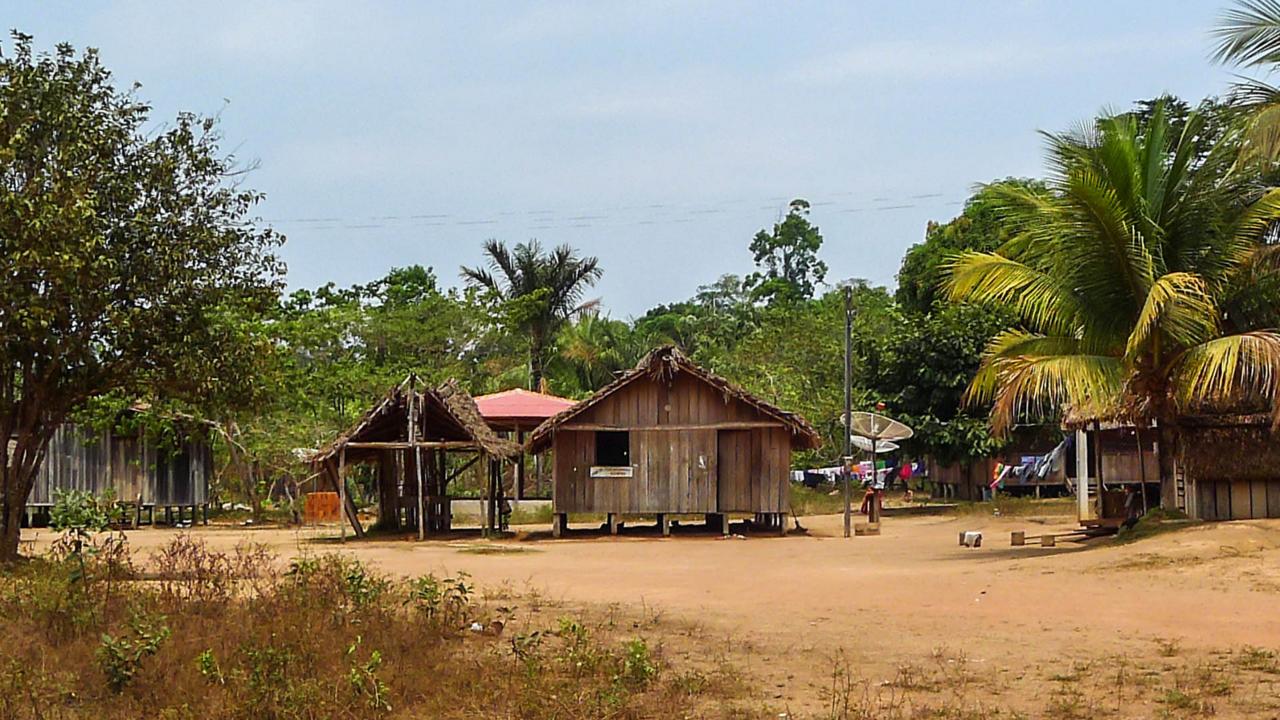























0 comentários:
Postar um comentário